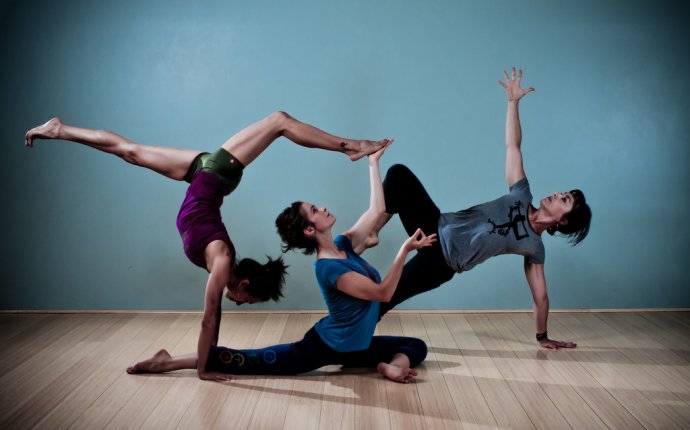
Ayurveda Yoga Poses
Ayurveda recognizes three doshas, or humors—vata, pitta, and kapha—that make up our bodily constitutions in different combinations. We each have a unique makeup of these doshas in different quantities.
Kapha dosha, a combination of the elements of earth and water, rules the springtime.The main seat of kapha in the body is in the chest and lungs, and the qualities of kapha are heavy, slow, dense, dull, soft, oily, and cold.
Now that spring is upon us, we may begin to see excess kapha dosha showing up in the form of mucus in the lungs, lethargy and sleepiness, weight gain, slow digestion, and low energy. Practicing yoga during the kapha times of day (6:00–10:00 am and 6:00–10:00 pm) and practicing at a more vigorous pace, in a warm space, can help alleviate excess kapha.
Here are nine yoga poses to help balance your kapha.
1. Sun Salutation. Sun Salutations invite heat and mobility to counteract the cold and stable qualities of kapha. They’re a great way to get the circulation and lymph moving first thing in the morning.
2. Twisting Chair pose. This pose builds heat in the legs while simultaneously pushing out the stagnation that can build up in the chest and lungs from excess kapha. Moving from side to side with the breath, as well as longer holds, can be beneficial.
3. Half Moon pose. Stimulating the side waist is a good way to ward off mandagni, or slow digestion, because it moves and awakens the digestive organs and stretches the entire abdomen. The side-to-side motion also offers spaciousness to the lungs, where excess mucus can build up from excess kapha.
4. Warrior II. This is the perfect pose for a long, heat-building hold to burn kapha. Keeping arms wide open brings space into the front body where the kapha dosha lives.
5. Triangle pose. The lateral flexion in Triangle, much like in Half Moon, aids in sluggish digestion and opens the lungs and chest space to get things moving. This pose is also great to challenge and strengthen the legs, back, and core.
6. Tree pose. Standing on one leg means that all the other limbs are off the earth, balancing the earth element of kapha. Turning the gaze up while in Tree can invite even more spaciousness and lightness into the posture, to counteract the dense heaviness of kapha.
7. Bow pose. This supine backbend massages all the digestive organs and stimulates agni our internal digestive fire.
8. Upward Plank pose. Upward plank is a great heat-building challenge for the arms, back and legs, and also opens the chest.
When you reverse the blood flow in the body, accumulated fluid in the ankles and legs (which can be caused by too much kapha) gets the chance to move and drain. Headstand also shifts the tendency of kapha to get stuck in the same old routines, by offering a whole new perspective on the world.














